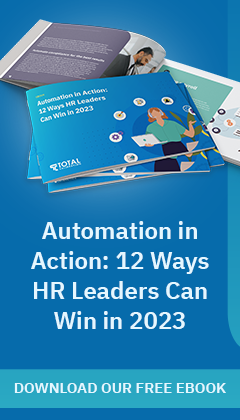The HR department is an integral part of business growth. Initiatives such as recruitment and performance management ensure that a business has the right people to achieve the company’s goals. A productive, engaged and motivated workforce is also essential to growth, and it’s HR’s responsibility to devise strategies that enable this.
How HR analytics empowers data-driven decision-making
Consistently meet compliance requirements with HR automation

Navigating the complex world of compliance is a formidable challenge for HR departments in Australia. HR professionals must stay aware and up-to-date on various employment laws, workplace health and safety regulations, and privacy laws. Failing to meet workforce compliance can lead to fines or industrial disputes which can tarnish your organisation's reputation and adversely affect its bottom line.
What role does HR automation play in recruitment, onboarding and offboarding?

The success of your organisation heavily depends on effective recruitment and onboarding. Candidates who have a positive experience during the hiring process are more likely to recommend your company, even if they don't secure the job. A seamless onboarding procedure can make the difference between a new employee swiftly adapting to their role or becoming confused, frustrated, and potentially disengaged from the outset.
Your 7-step plan to start leveraging HR automation

Are you tired of spending countless hours on repetitive HR tasks such as data entry and onboarding? HR automation integrates technology in various HR operations, bringing many benefits to your organisation, including increased productivity, cost savings, and better employee experience. By automating repetitive tasks such as data entry, recruitment, and onboarding, your HR team can focus on strategic tasks that require human expertise, such as talent development and employee engagement.
Six HR automation trends shaping 2023 and the future

HR teams manage a lot of processes. They are responsible for myriad changes and tasks, including recruitment, onboarding, offboarding, position changes, remuneration changes, performance management, leave management, and learning management and keeping employee information up-to-date. Too often, they are overwhelmed by the sheer amount of information they have to keep track of, and their chances of error and non-compliance increase with the number of manual processes they have.




